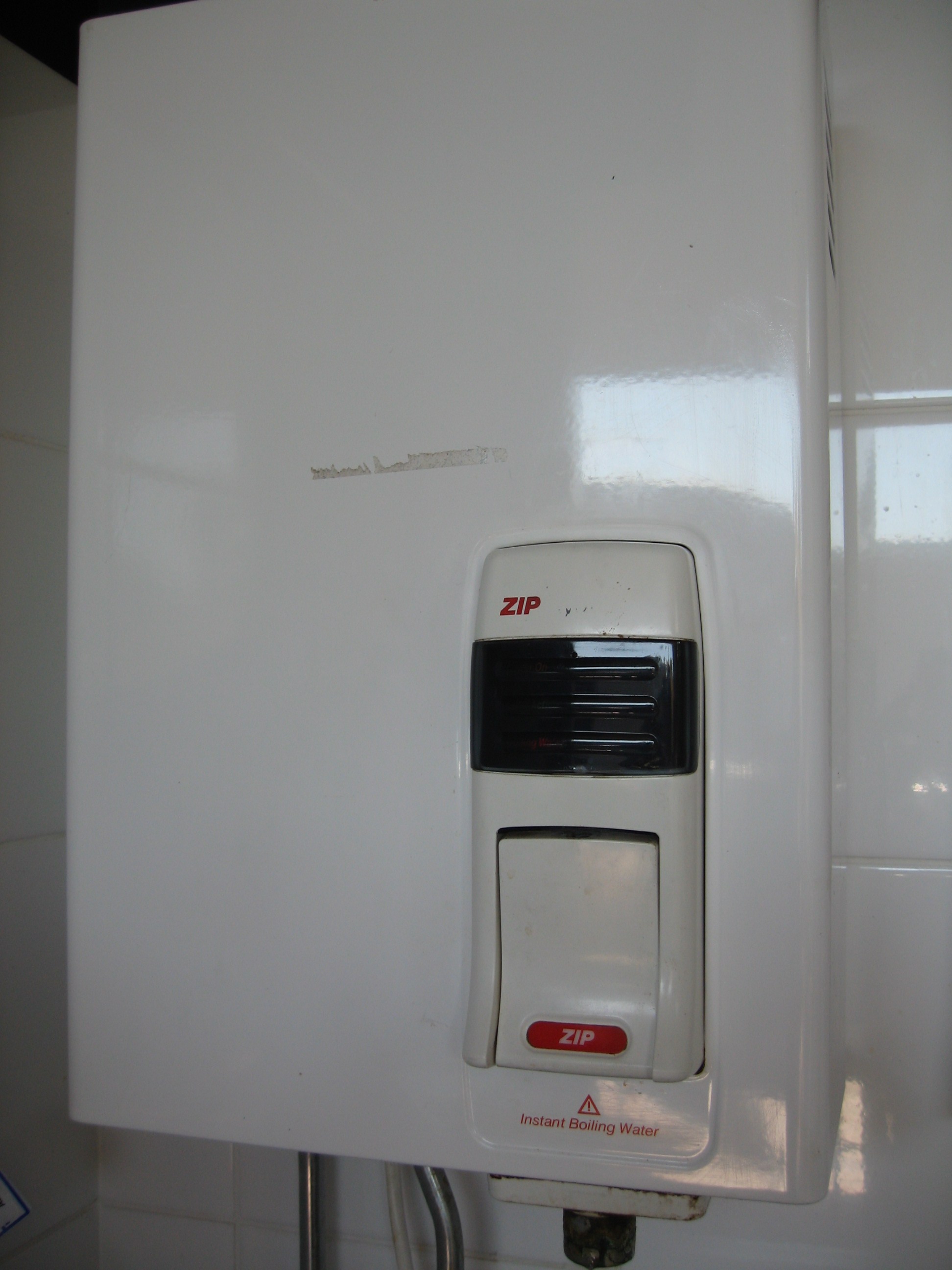How much energy does your computer monitor use when it’s left on all night? And what about the office equipment that you only use occasionally, like the coffee machine or the microwave?
 UQ’s Green Office can shed some light on the matter thanks to a study they’ve conducted with the library that’s measured the energy use of various office appliances. The aim? To work out how energy could be saved by turning off certain appliances when they’re not in use.
UQ’s Green Office can shed some light on the matter thanks to a study they’ve conducted with the library that’s measured the energy use of various office appliances. The aim? To work out how energy could be saved by turning off certain appliances when they’re not in use.
The study ran for one working week—from first thing Monday morning to last thing Friday afternoon—and recorded the energy use of all kinds of appliances in the Information Systems and Resource Services (ISRS) area of the library, from the coffee grinder to the printer. These also included two computers and two computer monitors: one of each was left on all night, and then one of each turned off at the end of each working day.
The data presented some interesting results: the biggest energy user by far was the zip boiler, which consumed 17.37 kWh over four days, five hours and 40 minutes. Caffeine lovers will be pleased to learn that the smallest energy user was the coffee grinder, at just 0.002 kWh over four days, five hours and 30 minutes.
Unsurprisingly, the biggest machines were the biggest energy users: the printer scanner, fridge, auto loan and big screen wall monitor were all in the top five. As for the computers, the monitor left on at night consumed five times more than the one turned off: 1.66 kWh versus 0.303 kWh.
The results have prompted some simple but smart energy-saving ideas, including turning off big screen wall monitors, which can often be scheduled, and turning off the boiler over evenings and weekends. One library staff member investigated the boiler settings and discovered that it could be set to cool down if it hadn't been used for a particular length of time, could wait longer before reboiling and could also be set to automatically turn off and on again at specific times or based on the room's lighting.
After just one working week of the boiler running with changed settings, its energy usage had dropped by 1 kWh—and that's without factoring in having it switched off at weekends. Over the course of a year, the savings accrued by making these simple adjustments will be impressive.
In response to running a similar energy usage test with computers, the Energy Management team is pairing up with Information Technology Services to change computer settings so that machines automatically enter ‘sleep’ mode when they’re not being used. They’ll be trialling this with 500 computers in the EITEE labs, where all computers are presently left on 24/7. This simple change will save 25 W per machine, which totals over 54 MWh per year—enough to power six houses for an entire year.
Although the Green Office study was conducted in the ISRS office space, the results can serve as a useful benchmark for office areas across UQ. It’s a useful reminder that making small changes—like turning off a wall monitor or changing the settings on a boiler—can yield big energy savings and contribute to reducing UQ’s carbon emissions.



